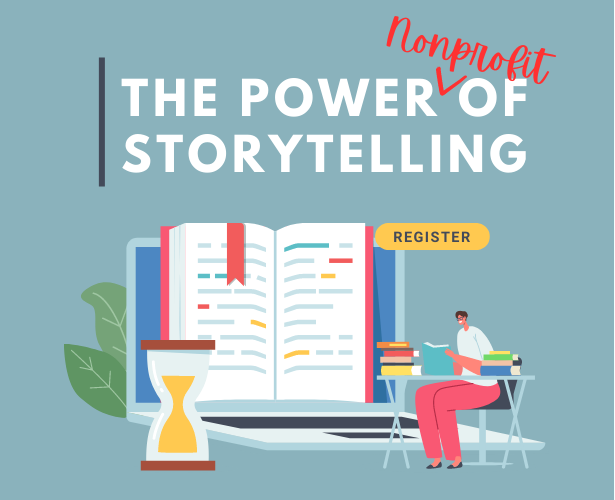
Picture this: It’s Monday morning, and your year-end campaign launches in exactly eight days. Your marketing director sends an urgent email to the entire team:
“Anyone have stories that show how we’ve changed lives this year? We need them by Wednesday!”
Sound familiar?
I see this scenario play out in nonprofits every single day. Teams frantically searching through old files, trying to remember that powerful quote from six months ago, or discovering that the staff member who worked on that amazing project has moved on to another organization.
Here’s the truth: Your nonprofit creates meaningful, story-worthy moments every single week. The problem isn’t a lack of stories. It’s the lack of a system to capture them.
Why Most Nonprofits Fail at Story Collection
When storytelling becomes a last-minute scramble, several things happen:
- You settle for weak stories because you’re out of time
- Important details get forgotten or lost
- Photos disappear into the digital abyss
- Staff feel overwhelmed and stressed
- Your campaign suffers because the stories don’t connect
But here’s what really breaks my heart: You miss opportunities to deepen donor relationships because you’re not sharing the incredible work happening right now.
Your Story Bank: The Game-Changer You Need
A Story Bank isn’t just a folder on your computer. It’s a searchable, organized system that captures the heart of your mission as it unfolds. Think of it as your nonprofit’s memory keeper.
I’ve written extensively about this digital storybanking approach, including sharing Allison Carney’s proven tool that helped Miriam’s Kitchen systematically collect and frame stories for different audiences. You can find the complete guide and downloadable Excel template and view the MotivateMonday recording here.
Here’s what I recommend:
Step 1: Choose Your Platform
Download Allison’s Excel storybanking tool above. The key is making it simple enough that busy program staff will actually use it while robust enough to search by program, date, or theme.
Step 2: Create Your Story Template
The tool should help you collect stories AND frame them for different goals, including fields for:
- Date of the story/interaction
- Program area
- Names (if permission granted)
- Basic story details
- Emotional impact
- Photos or quotes
- Contact information for follow-up
- Different audience applications (grants, newsletters, social media)
Step 3: Establish Your Rhythm
This is where most nonprofits fail. Create a monthly routine where each team member adds just one or two story moments. Not full narratives — just the raw materials you can flesh out later.
Make Stories Part of Your Culture
The most successful nonprofits I work with don’t treat storytelling as an afterthought. They weave it into their organizational DNA.
During staff meetings, ask: “What story moments happened this week?”
When program staff submit reports, include a story prompt: “Tell us about one person who was impacted this month.”
Create a simple email template that staff can use to quickly capture story moments as they happen.
But here’s the crucial piece: Your team needs consistent storytelling training. Start with the Six-Word Stories exercise I’ve featured extensively — it’s from Andrea Kihlstedt and Andy Robinson’s essential book “Train Your Board (and Everyone Else) to Raise Money.”
This exercise teaches your staff to distill powerful stories to their essence. Some examples from my Nonprofit Storytelling class participants:
- Boise Rescue Mission: “No dinner. No home. No hope.”
- Ann Bancroft Foundation: “One dream dared, one girl ablaze.”
When your team gets stuck (and they will), I have seven proven techniques to break through story blocks: repurposing existing stories for new audiences, serialization, founder’s stories, transparency during challenges, social media campaigns, and more. Need more? Discover the most comprehensive storytelling class available online, our Nonprofit Storytelling Class from Basics & More.
The Secret to Actually Using Your Story Bank
Here’s the crucial piece that most nonprofits miss: You must commit to sharing stories regularly. A Story Bank that just collects dust serves no one.
Aim to share at least one story per month through your newsletter, social media, or donor communications. When donors see the ongoing impact of their gifts, they become more invested in your mission.
Your Story Action Plan
Ready to stop the last-minute story scramble? Here’s what to do this week:
- Set up your Story Bank system (seriously, do this today)
- Train your team on how to add stories. Make it a 10-minute agenda item at your next staff meeting
- Schedule monthly story collection as a recurring calendar item
- Share one story from your existing work to start building the habit
Remember, your donors didn’t give to your organization because of your programs or services. They gave because they wanted to be part of something bigger.
Your Story Bank ensures you’ll never run out of ways to show them the incredible difference their generosity makes.
What’s your biggest challenge with collecting stories at your nonprofit? I’d love to hear from you—drop me a line at pamela@pamelagrow.com.
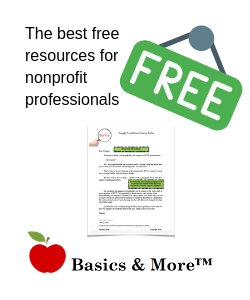

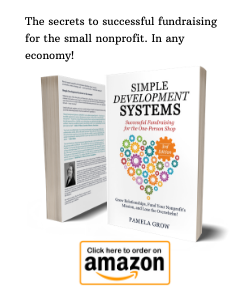
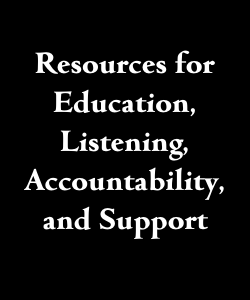
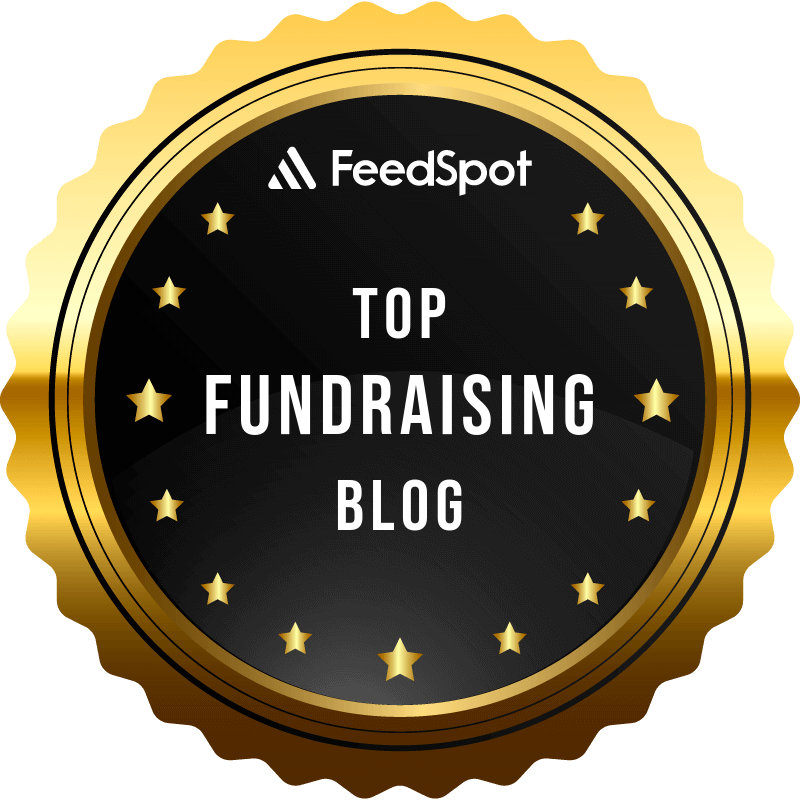
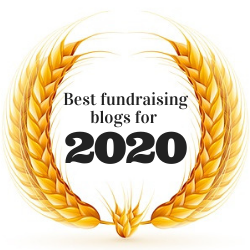


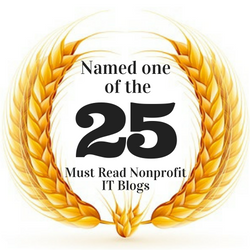

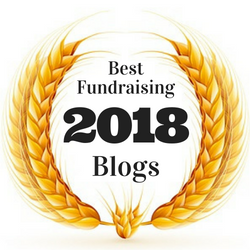
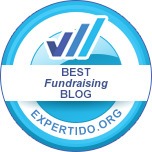
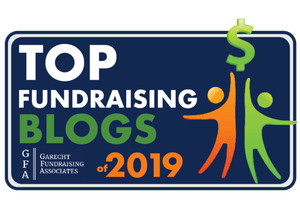
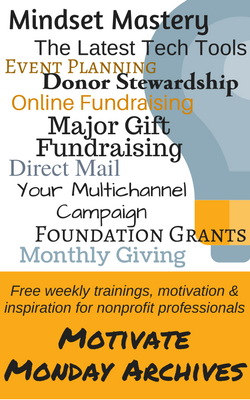

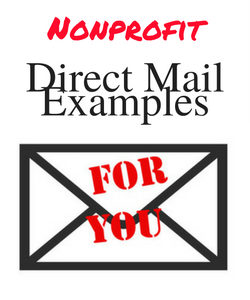
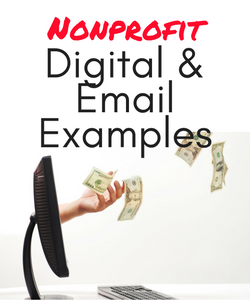

 I can’t wait to meet with you personally.
I can’t wait to meet with you personally.
Comments on this entry are closed.